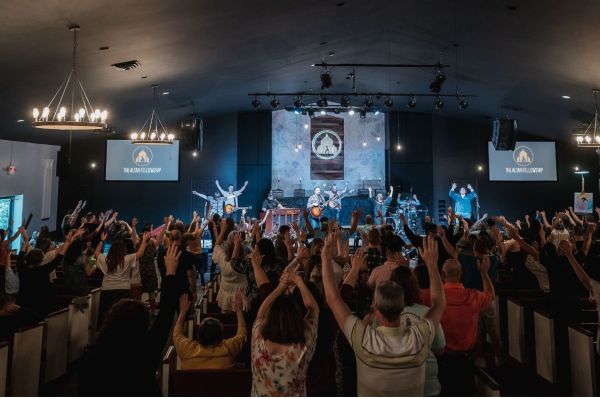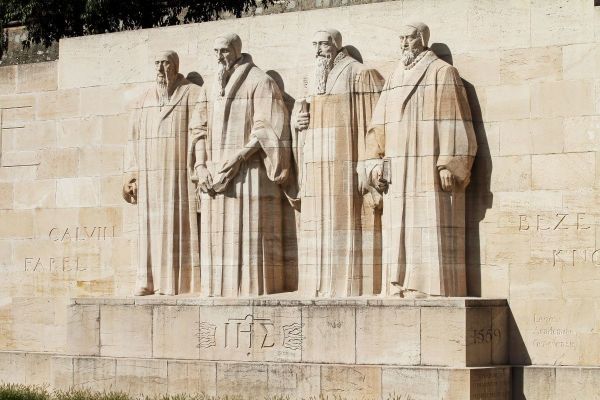Israeli archaeologists discover biblical scroll fragments for the first time in 60 years

Dozens of 2,000-year-old fragments from scrolls containing portions of the books of Nahum and Zechariah have been unearthed in Israel, an extremely rare discovery in the Judean Desert.
The Israel Antiquities Authority announced the discovery of the uncovered fragments on Tuesday. They are the first of such discoveries in approximately 60 years. The Dead Sea Scrolls are fragments of religious manuscripts that were originally found in the Judaean Desert decades ago.
The newly discovered fragments are Greek translations of the two minor prophets. Despite most of the fragments being in Greek, the name of God is written in Hebrew.
The fragments come from a larger scroll found in the same place in the 1950s in Nahal Hever in the “Cave of Horror” that is approximately 80 meters below a cliff top and can only be reached by rappelling down the cliff.
In addition to the biblical fragments, a 10,500-year-old woven basket from the Pre-Pottery Neolithic period was excavated, and a 6,000-year-old mummified skeleton of a child was also found.
Also known as Cave 8 in the Judean Desert, Israeli archaeologist Yoḥanan Aharonin gave it the nickname "Cave of Horror" because the skeletons of 40 men, women and children were discovered there during the Judean Desert Expeditions in the 1960s, according to the Encyclopedia of the Dead Sea Scrolls.
The Israel Antiquities Authority has been more active in rescuing ancient artifacts in the region since 2017.
Significant looting has plagued the area ever since Bedouin shepherds first discovered the Dead Sea Scrolls, also known as the Qumran Caves Scrolls, in 1946.
“The desert team showed exceptional courage, dedication and devotion to purpose, rappelling down to caves located between heaven and earth, digging and sifting through them, enduring thick and suffocating dust, and returning with gifts of immeasurable worth for mankind,” IAA Director Israel Hasson, who led the rescue operation, said in a statement.
“The newly discovered scroll fragments are a wake-up call to the state. Resources must be allocated for the completion of this historically important operation. We must ensure that we recover all the data that has not yet been discovered in the caves before the robbers do. Some things are beyond value.”
The IAA team has thus far reconstructed 11 lines of Greek text from Zechariah 8:16-17 and Nahum 1:5-6.
The entire passage from Zechariah reads: “These are the things you are to do: Speak the truth to one another, render true and perfect justice in your gates. And do not contrive evil against one another, and do not love perjury, because all those are things that I hate—declares the Lord.”
The Nahum passage reads: “The mountains quake because of Him, And the hills melt. The earth heaves before Him, The world and all that dwell therein. Who can stand before His wrath? Who can resist His fury? His anger pours out like fire, and rocks are shattered because of Him.”
The fragments were written in a “new” Greek translation that differs from the traditional Masoretic texts.
According to the IAA, the translation's differences reveal “quite a bit regarding the transmission of the biblical text” until the time of the Bar Kochba Revolt.
The Bar Kochba revolt was a rebellion of the Jews led by Simon bar Kochba against the Romans around 132-136 A.D., the last of the three major Jewish-Roman wars. The revolt is also called the Third Jewish-Roman War or Third Jewish Revolt.
“These finds are not just important to our own cultural heritage but to that of the entire world,” Avi Cohen, CEO of the Ministry of Jerusalem and Heritage, said in a statement. “Without the consistent and coordinated action of the various government offices, the Israel Antiquities Authority and the Civil Administration, these special assets would not be made accessible to the public, rather would remain in the possession of antiquities looters.”
Amir Ganor, who heads the IAA’s Theft Prevention Unit, said the agency finally decided to pre-empt the thieves before the treasures were looted. The scraps containing lines from Nahum and Zechariah were discovered in clumps and rolled up in the Cave of Horror.
He estimates that approximately 25% of the Judean Desert has not been surveyed, according to The Times of Israel. By using drone technology and rappelling gear, those rescuing the ancient artifacts can explore caves that have been considered “unreachable,” some of which human beings have not entered for nearly 2,000 years.






















